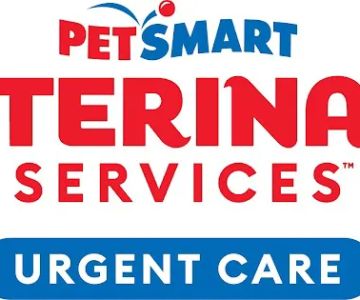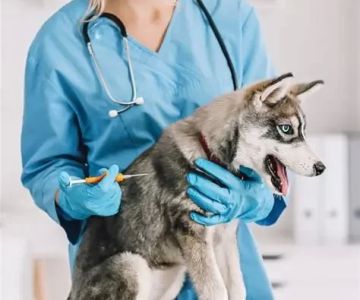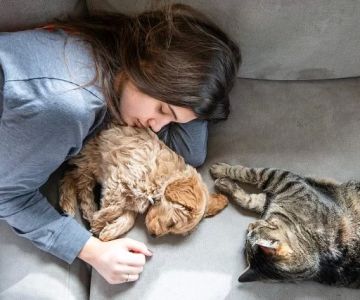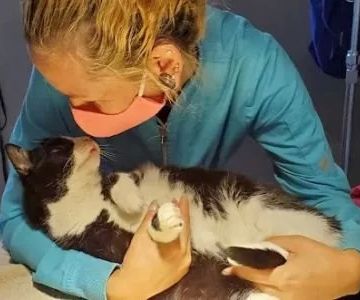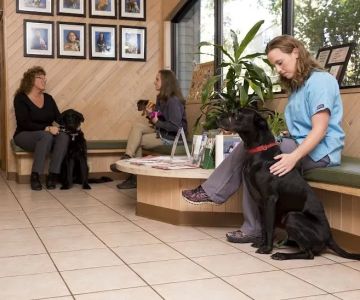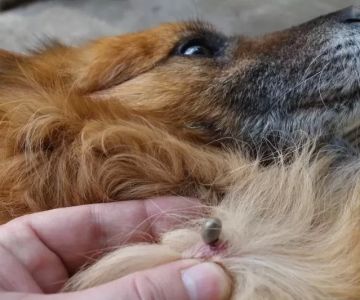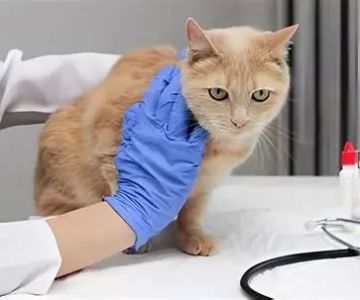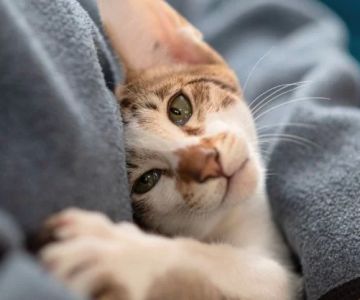- #What-is-Feline-Nasal-Disease – What feline nasal disease means for your cat’s health
- #Symptoms-of-Cat-Nasal-Disease – Key signs to watch for in affected pets
- #Causes-and-Risks – Why cats develop nasal diseases
- #Diagnosis-and-When-to-Seek-Help – How veterinarians identify the condition
- #Treatment-Options – Safe and effective ways to treat feline nasal disease
- #Home-Care-and-Prevention – What cat owners can do to reduce risk
1. What Feline Nasal Disease Means for Your Cat
Feline nasal disease refers to respiratory illnesses that affect the nasal passages and sinuses in cats. These conditions are more common than most owners realize. From seasonal allergies to infectious viruses, many issues can disrupt a cat’s ability to breathe comfortably. Chronic nasal congestion may sound simple, but it can drastically impact a cat’s appetite, mood, and quality of life.
If your cat suddenly stops sniffing around, avoids grooming, or becomes withdrawn, these may be the earliest signs of a nasal condition. Recognizing issues early can make treatment faster and easier for both you and your pet.
2. Recognizing Symptoms of Feline Nasal Disease
Cats are experts at hiding pain and discomfort, so subtle changes should be taken seriously. Some symptoms are mild at first, but over time they escalate:
- Persistent nasal discharge (clear, yellow, or bloody)
- Continuous sneezing or coughing episodes
- Noisy breathing or wheezing
- Loss of appetite due to decreased sense of smell
- Pawing at the nose or face
- Swelling around the nose or muzzle
In a real example from one pet owner in North Carolina, their normally playful cat became quiet and refused food. A quick veterinary visit confirmed a nasal infection caused by a virus. Thanks to prompt care, the cat recovered at home with medication and rest.
3. Causes and Risks Behind Feline Nasal Disease
Many different problems can interfere with a cat’s nasal airflow. Some common causes include:
- Viral infections: Most notably feline herpesvirus and calicivirus
- Bacterial infections: Often secondary to a viral illness
- Allergies: Reactions to pollen, fragrance, cleaning supplies, or food
- Foreign objects: Seeds or grass blades lodged in the nose
- Polyps or tumors: More common in older cats
Cats living outdoors or in shelters are at higher risk due to exposure to other animals and irritants. Flat-faced breeds like Persians also have higher vulnerability due to their narrow nasal passages.
4. Diagnosis and When to Seek Veterinary Help
Because many root causes share the same symptoms, a veterinarian must perform diagnostic testing to find the exact issue. Exams may include:
- Nasal swabs to identify viruses or bacteria
- Bloodwork to evaluate overall immune health
- X-rays or CT scans to check for growths or foreign material
If your cat is struggling to breathe, has bloody mucus, or completely refuses food for more than 24 hours, medical care should be immediate. Delayed treatment can lead to chronic lifelong respiratory complications.
Veterinarians at Hidden Brook Veterinary can help determine the right diagnostic plan and ensure your pet receives proper care before symptoms worsen.
5. Treatment Options for Cat Nasal Disease
Once the cause is identified, treatment may involve:
- Antibiotics: If bacterial infection is confirmed
- Antiviral support: To manage herpesvirus flare-ups
- Anti-inflammatory drugs: To reduce swelling and ease breathing
- Fluids and appetite stimulants: For cats refusing to eat
- Surgery: For polyps, tumors, or obstructive growths
Your veterinarian may also recommend humidifiers or steam therapy at home to help open nasal passages and ease congestion. A calm, warm environment can significantly speed recovery.
6. Home Care and Prevention
Cat owners can play an important role in preventing nasal disease from developing or becoming chronic. Some helpful approaches include:
- Keeping vaccinations up to date to reduce viral risks
- Maintaining a dust-free, smoke-free home
- Regular wellness exams to detect early nasal changes
- Providing immune-boosting nutrition and hydration
One cat owner shared that switching to an unscented litter helped dramatically reduce their cat’s sneezing and irritation—sometimes simple changes make a powerful impact.
Your cat depends on clear airways to smell food and engage in daily behaviors that make them happy and healthy. Early recognition and treatment of feline nasal disease help ensure they continue to enjoy comfortable breathing and a great quality of life.
If you notice any warning signs, contact Hidden Brook Veterinary for expert guidance and compassionate care tailored to your feline friend’s needs.


